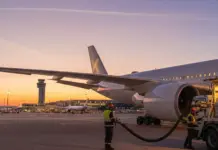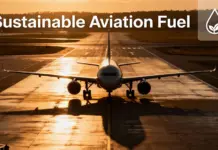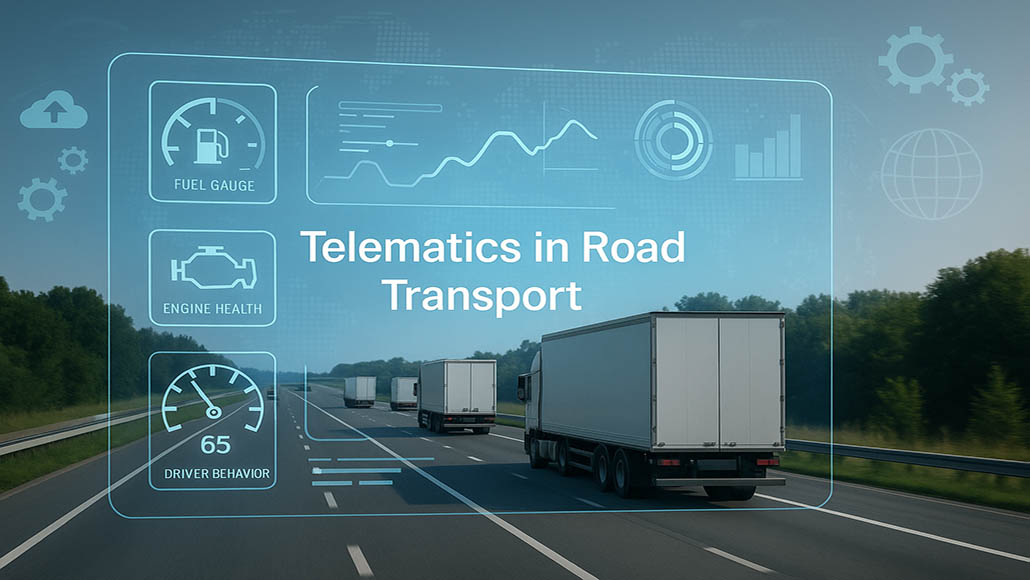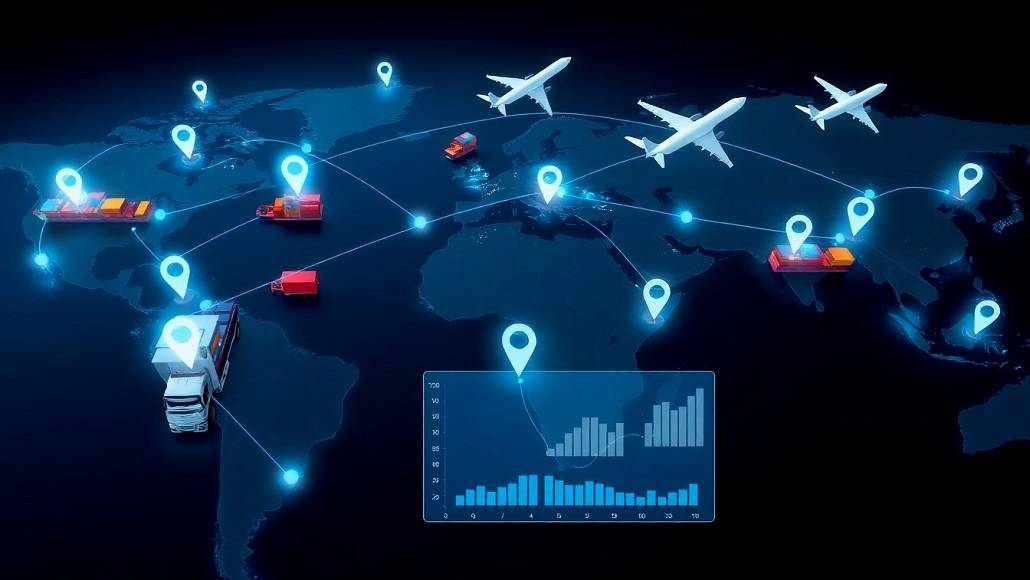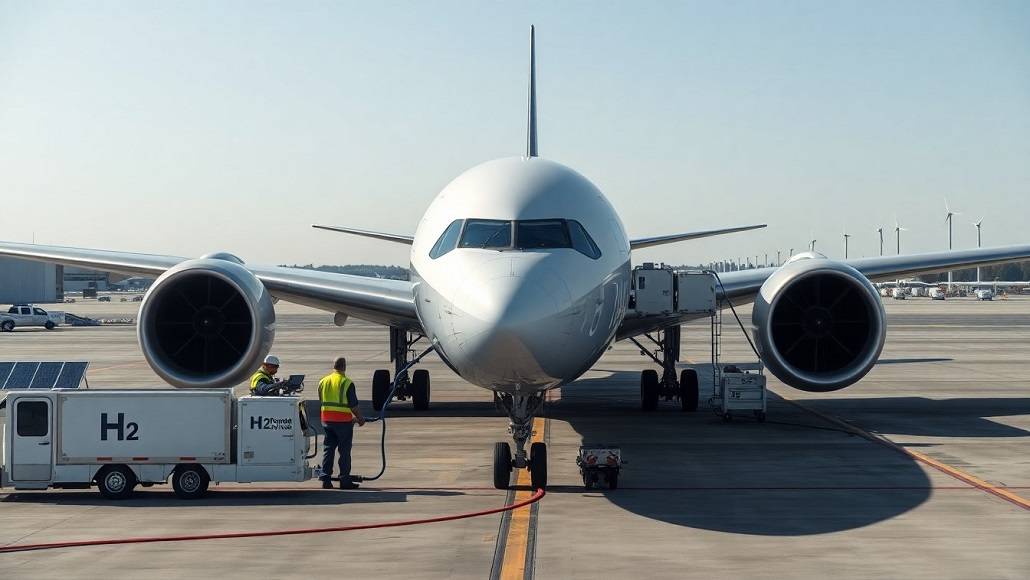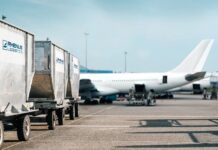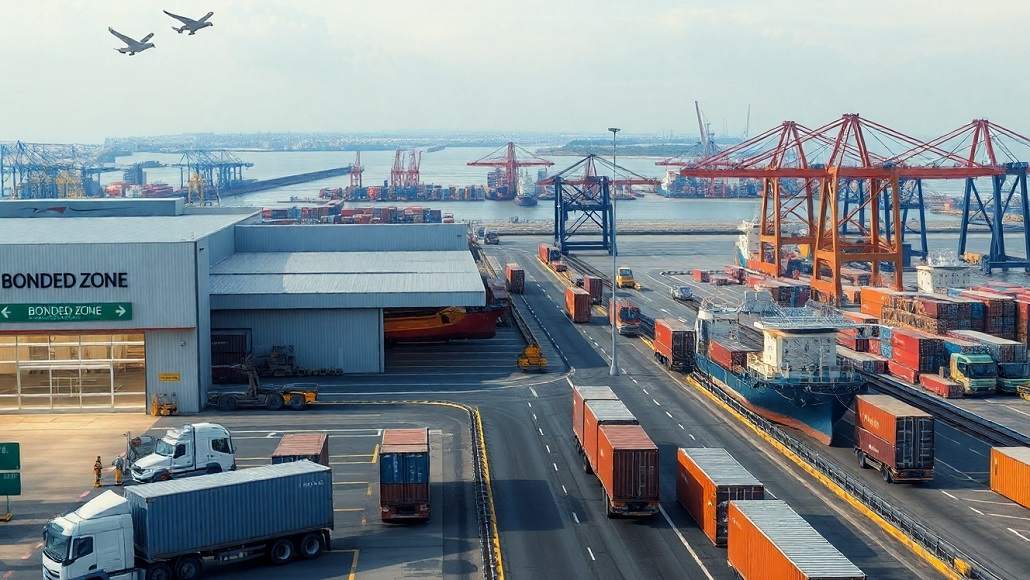Sustainable Aviation Fuel: A Review of the Existing UK, EU and US Regulatory Framework
As the aviation sector is increasingly driven to decarbonise and achieve world climate goals, sustainable aviation fuel (SAF) has come to represent a possible way to lower greenhouse gas emissions without sacrificing the operational effectiveness of flight. SAF has the potential to reduce aviation’s carbon intensity by as much as 80% versus conventional jet fuel, and it is a vital pillar of the shift to sustainable aviation. Yet, its broad adoption depends upon strong regulatory systems that encourage production, secure quality, and facilitate its integration with current aviation infrastructure.
As such, it is imperative to have an understanding of the evolving regulatory environment in the UK, EU, and USA, as these markets are central to progress in SAF adoption. This article explores the policy and legislative actions that are designing the SAF market within these key markets, depicting the strides made and the way forward.
The Role of SAF in Decarbonizing Aviation
Aviation accounts for around 2-3% of worldwide CO2 emissions and is one of the most difficult industries to decarbonize as it uses liquid fuels for long-distance travel. Sustainable aviation fuel resolves the dilemma by being a drop-in fuel that can replace traditional jet fuel without any need for adaptations to aircraft or refueling infrastructure.
SAF is made from renewable feedstocks like agricultural residues, algae, and waste cooking oil with low environmental footprints in the production process. Compared to conventional fossil fuels, its lifecycle greenhouse gas emissions are also much lower. This has positioned SAF as a critical component for meeting international agreements-based net-zero goals like those of the Paris Accord. Nonethelesss, its expensive production and shortage have hindered its uptake, which has led to government interventions in the form of mandates to spur market growth.
The UK’s Strategy for Regulating SAF
In the United Kingdom, the government has set SAF at the center of its overall strategy for making aviation net-zero by 2050. The UK’s “Jet Zero Strategy,” launched in 2022, presents ambitious goals for the adoption of SAF, including a goal of at least 10% SAF consumption in UK aviation fuel by 2030.
At the heart of the UK’s regulatory environment is the Renewable Transport Fuel Obligation (RTFO), which provides support to producers of SAF through tradable renewable transport fuel certificates. The system triggers investment in plants producing SAF and promotes conformity with sustainability standards.
Moreover, the UK government has also dedicated considerable financial capital to SAF innovation. Specifically, the £165 million Advanced Fuels Fund finances new production facilities and technologies with the goal of upscaling SAF production in the country. Prioritizing interagency collaboration among policymakers, manufacturers, and the aviation sector, the UK is creating an environment that is favorable to SAF development.
Yet there are challenges to overcome. The prohibitive costs of SAF production and the absence of large-scale infrastructure make it expensive and difficult to access. As the UK develops its policy framework, overcoming these financial barriers will be essential if it is to meet its Jet Zero ambitions.
The European Union’s SAF Regulatory Framework\
The European Union has been at the forefront of SAF adoption, integrating it into its overall climate strategy contained in the European Green Deal. The EU’s “Fit for 55” package presented in 2021 comprises the ReFuelEU Aviation strategy, which puts in place binding mandates for airlines operating across the bloc to blend SAF.
Under the ReFuelEU Aviation proposal, carriers will need to fly on a minimum of 2% SAF in 2025 and increase step by step to 63% by 2050. This regulatory plan gives investors long-term clarity and is in line with the EU’s climate neutrality goal by mid-century.
EU also helps finance SAF production through Horizon Europe and the Innovation Fund funding schemes, which fund research and development on renewable energy and low-carbon biofuels. The Emissions Trading System (ETS) also encourages airlines to use SAF by making carbon more expensive for conventional jet fuel consumption.
In spite of these efforts, the EU is not immune to similar challenges the UK is experiencing, such as high production costs and feedstock shortages. Furthermore, the varying rate of SAF uptake among member states indicates the necessity for harmonized policies to facilitate equal progress.
The USA’s SAF Policies and Incentives
Sustainable aviation fuel is a priority area of national decarbonization in the United States, and it is backed by a host of federal and state-level programs. The Biden administration “Sustainable Aviation Fuel Grand Challenge” initiative, announced in 2021, is aimed at increasing SAF supply to 3 billion gallons per year by 2030 and making the country a global leader in the production of SAF.
Federal tax credits have a key role to play in enabling SAF uptake. With a maximum of $1.75 per gallon, the Inflation Reduction Act of 2022 established a new tax credit only for SAF for fuels that have a 50% lifetime emission reduction. By directly addressing the cost differential between SAF and conventional jet fuel, this solution increases airlines’ financial competitiveness.
State efforts complement federal efforts as well. California’s Low Carbon Fuel Standard (LCFS) is a case in point, and it provides credits for the use of SAF depending on its carbon intensity score. These can be resold in secondary markets, creating a second source of revenue for SAF producers and consumers.
With an emphasis on supply chain management, production routes, and feedstock innovation, the U.S. Department of Energy is actively supporting SAF research and development. However, the U.S. faces difficulties in scaling up to meet demand, just like the EU and the UK. Breaking through infrastructure barriers and maintaining feedstock sustainability will be essential to meeting the Grand Challenge’s ambitious goals.
Challenges and Opportunities
Although the UK, EU, and USA regulatory environments show strong progress, numerous challenges are posed to global uptake of SAF. The highest production cost is still the largest deterrent, with SAF at present being two to five times more expensive than conventional jet fuel. Reducing these costs requires innovation in production technologies and economies of scale.
Feedstock availability is another critical issue. The limited supply of sustainable feedstocks could constrain SAF production, necessitating the exploration of alternative sources such as algae and carbon capture-based fuels. Ensuring feedstock sustainability while expanding production will require coordinated efforts from governments, industry stakeholders, and researchers.
While there are these challenges, the opportunities offered by SAF are staggering. Its potential for decarbonizing aviation without drastic modifications to installed infrastructure makes it a very pragmatic solution. Also, increasing regulatory backing and private investment herald a bright future for SAF development and adoption.
Looking Ahead to 2025 and Beyond
By 2025, SAF will shift from niche innovation to mainstream use, led by the strong regulatory efforts in the UK, EU, and USA. These regions are establishing the global standard for SAF integration, proving that ambitious climate targets can be met through cooperation and innovation.
SAF’s success will be based on sustained policy alignment, industry investment, and technology development. Governments need to continue investing and incentivizing the production of SAF, and airlines and fuel producers need to keep being leaders in taking up and ramping up this revolutionary technology.
As the aviation world goes through this transformation, the part that international cooperation will play cannot be exaggerated. Standardization of standards, pooling of resources, and sharing of best practices will be essential to making sure that SAF meets its full potential as a global solution to aviation’s environmental impacts.
Conclusion
Sustainable aviation fuel: an overview of the UK, EU, and USA’s current regulatory landscape discloses a promising although complicated future for the decarbonization of aviation. Through driving innovation, encouraging adoption, and overcoming economic and logistical hurdles, these nations are driving the world toward making SAF a pillar of sustainable air travel.
Although challenges persist, the momentum behind SAF uptake marks a revolutionary era for the aviation sector. As the UK, EU, and USA ongoingly adapt their regulatory regimes, prospects for SAF to transform air travel and help create a sustainable future become more evident. For aviation, the sustainability journey has now started, and sustainable aviation fuel is at the forefront.





